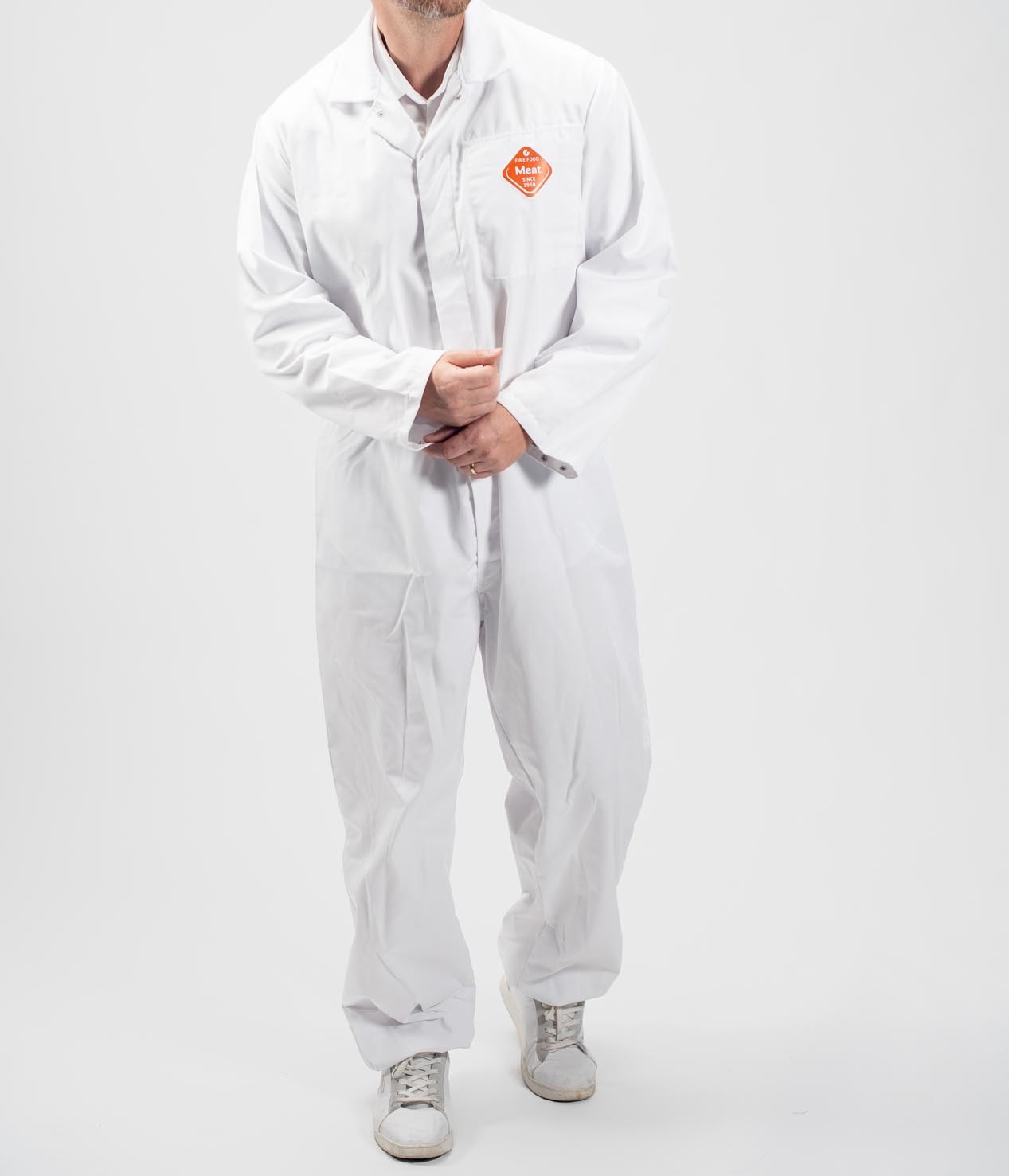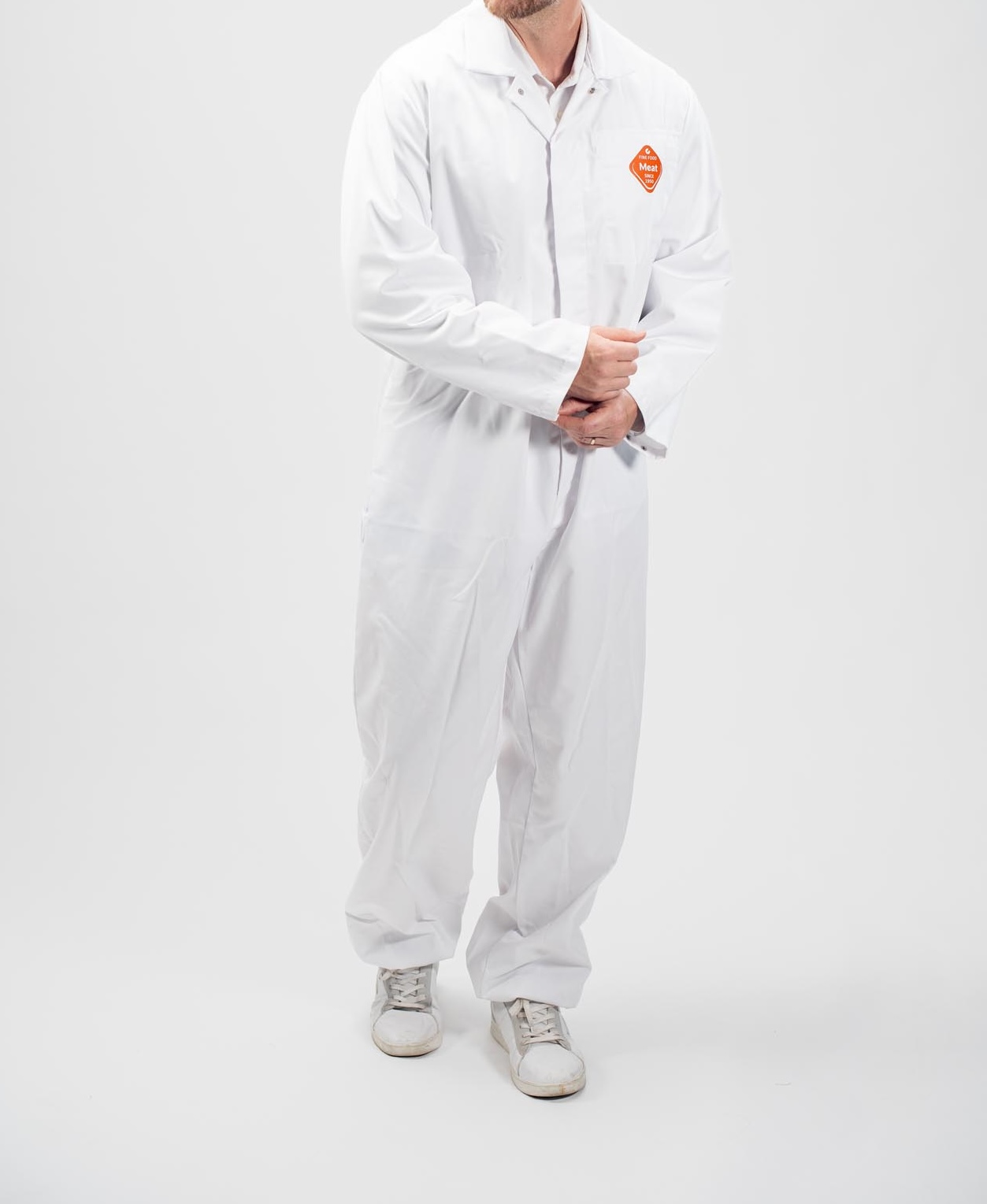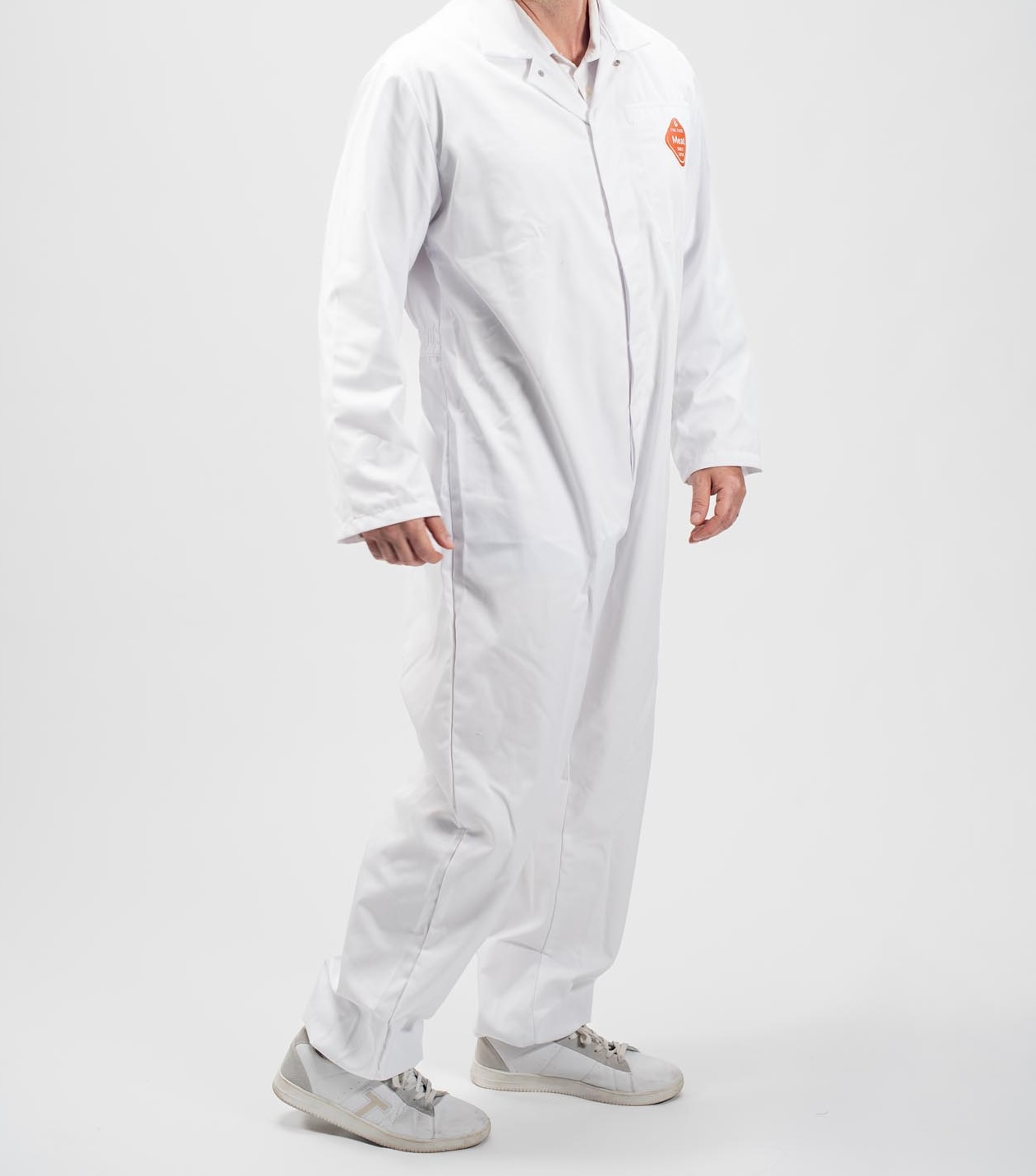Cleanroom workwear
In cleanrooms, it is crucial to maintain extremely low particle concentrations. Humans are one of the biggest sources of contamination, making the use of proper cleanroom workwear essential.
Cleanrooms are controlled environments used in industries where even the smallest contaminants can have significant consequences, such as in the pharmaceutical, biotechnology, and electronics industries. Companies must ensure that their personnel wear appropriate workwear to maintain the integrity of the cleanroom.
Cleanroom workwear is specialized clothing designed to minimize particle release and prevent contamination in clean environments, such as cleanrooms.
Contamination in Cleanrooms
Three major sources of contamination are identified in cleanrooms:
- Human Contamination (85%)
Humans are responsible for as much as 85% of particle contamination in cleanrooms. Every movement, breath, or even the natural shedding of skin can release microscopic particles that negatively impact the air quality in the cleanroom. These particles can compromise product quality, leading to defects or contamination in sensitive production processes.
- Production Process (10%)
During the production process, waste products such as packaging materials and paper can generate particles that contaminate the cleanroom environment.
- Environment (5%)
This includes issues like filter leaks or the opening and closing of doors. Although this occurs to a much lesser extent, it is still a source of contamination.
Cleanroom Clothing
Cleanroom clothing plays a crucial role in limiting particle release by humans. By imposing strict requirements on the design and materials of this clothing, the amount of released particles can be significantly reduced. This ensures that the cleanroom environment remains clean and safe, which is essential for the production of high-quality products.
Materials
Filament Polyester Fabrics
- Continuous Filaments: Cleanroom fabrics must not release any dust particles themselves. Therefore, filament polyester is used, a fibre made up of continuous filaments. This type of fibre minimizes the risk of fibre release and contributes to a cleaner working environment.
- Antistatic Fibres: To reduce static electricity, polyester is often combined with an antistatic fibre, usually carbon. This helps prevent the build-up of static electricity, which can minimize the attraction and spread of particles.
Techniques
Low-Particle Assembly
- Sealing of Pattern Pieces: In the production of cleanroom clothing, all pattern pieces are sealed instead of sewn. This reduces the chance of particle release and ensures a tighter, cleaner finish.
- Use of Double Seams: Double seams, also known as lapped seams, are used to provide extra protection and increase the durability of the clothing. This helps prevent particles from escaping through the seams.
- Minimal Embellishments: Cleanroom clothing must be finished as smoothly as possible, without unnecessary details or embellishments that could trap particles. This means that the clothing should be simple and functional, with a focus on smooth surfaces.
Customized Accessories
- Specially Selected Materials: The accessories of the clothing, such as knitwear, zippers, press studs, labels, and sewing threads, are carefully chosen to minimize particle release. These materials must be selected with the same care as the fabrics themselves.
- Final Inspection: During the final inspection of the clothing, all loose threads are burned off. This ensures that there are no loose particles that could contaminate the cleanroom environment.
Additional Requirements
- Antistatic Properties: To prevent the build-up of static electricity, which can attract and spread particles, the clothing must have antistatic properties. This is particularly important in cleanrooms where sensitive electronic equipment is produced.
- Reusability: Cleanroom clothing must withstand multiple washes, decontamination processes, and sometimes even sterilization. This makes the clothing durable and cost-effective for companies.
- Special Properties: In some cases, the clothing must also be flame-resistant or antibacterial, depending on the specific requirements of the cleanroom environment. This provides additional protection against specific risks that may be present in certain industries.
Conclusion
Cleanroom workwear is essential for maintaining a clean and safe working environment in cleanrooms. By using materials like filament polyester and antistatic fibres, and employing techniques such as sealing pattern pieces and using double seams, the release of particles is significantly reduced.
Companies in the pharmaceutical, biotechnology, and electronics industries greatly benefit from high-quality cleanroom clothing. It minimizes contamination, enhances product quality, and contributes to an efficient production environment.
Investing in the right cleanroom workwear is a wise choice for any organization that needs to uphold the highest hygiene standards. It ensures the protection of both products and production processes from unwanted particles.
FAQ
How is the quality of cleanroom workwear ensured?
During the final inspection of cleanroom clothing, all loose threads are burned off to prevent particle release. This ensures that the clothing meets the strict hygiene standards required for cleanrooms.
Can cleanroom workwear be reused?
Yes, high-quality cleanroom clothing is designed to be washed, decontaminated, and sometimes even sterilized multiple times without losing its effectiveness.
Is cleanroom clothing suitable for all types of cleanrooms?
Cleanroom clothing is suitable for various types of cleanrooms, but specific requirements may vary depending on the industry and the strict hygiene standards that apply. It is important to choose clothing that meets the specific requirements of your cleanroom environment.





 België / Belgique
België / Belgique Français
Français
 English
English
 The Netherlands
The Netherlands Deutschland
Deutschland International
International
